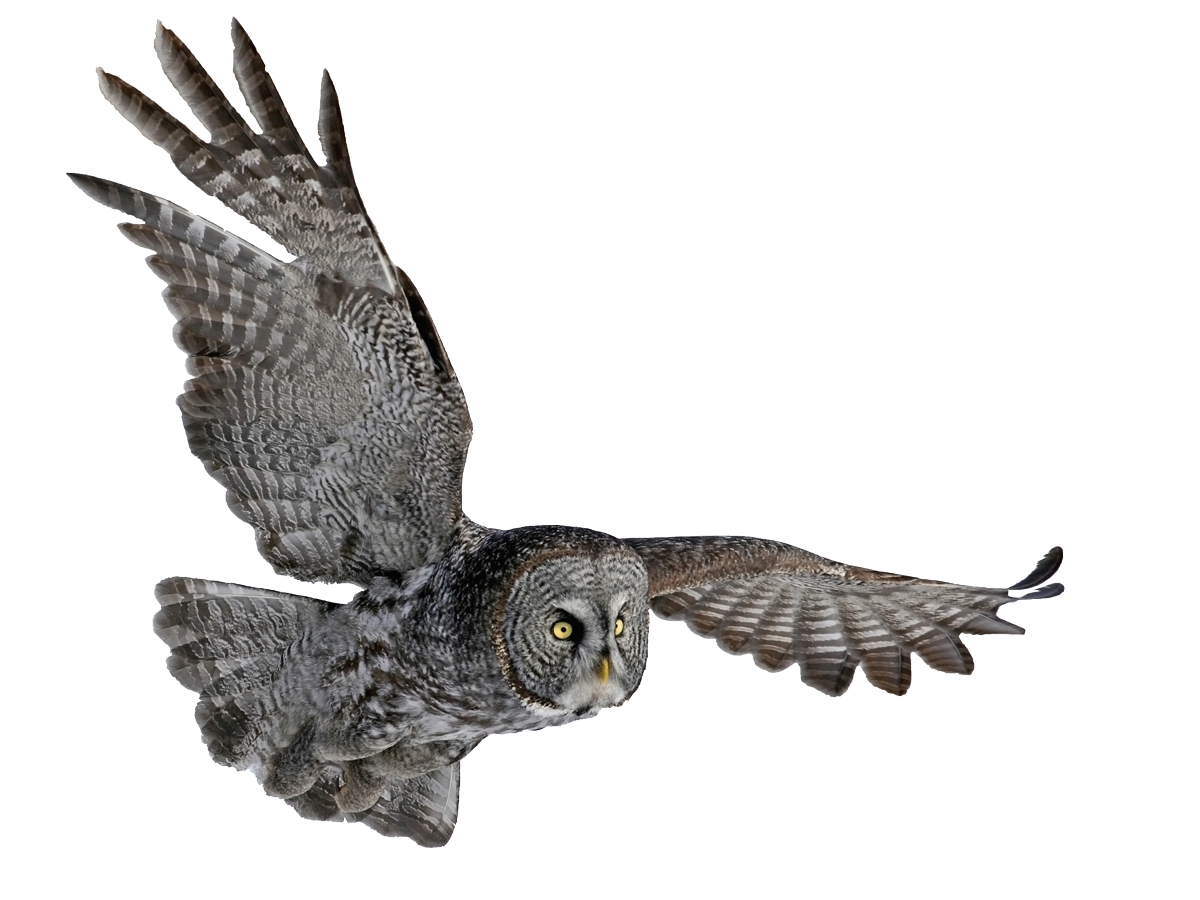Pest categories

Pharaoh ants
Bed bugs
House mouse
Brown rat
Black rat
Cockroaches
Flies and houseflies
Meat flies
Fruit flies (drosophila)
Ants
Wasps
Fleas
Mediterranean Flour Moth, Indianmeal moth, cacao moth and Broad-barred knot-horn moth
Other pests of stored foodstuffs are beetles
Clothes moth and case bearing clothes moth
Common carpet beetle, fur beetle, museum beetle and larder beetle
Wood-damaging beetles
Domestic pigeon
Gulls
Raven birds
Sparrows
Contact us
Black rat
The black rat is found almost worldwide. It is the second most important vertebrate in pest control. It is smaller than a grey rat.
Why it is a pest?
Black rats spread viruses (Hantavirus, Lyssavirus, SARS-CoV), bacteria (e.g. leptospirosis, salmonellosis), protozoa (Toxoplasma gondii), and nematodes (e.g. Trichinella spiralis) that are dangerous for humans.
It damages insulation materials and can chew holes in wooden floors and doors. It also destroys and pollutes food and the raw materials used to produce it.
Which areas are relevant?
- Home
- Public health
- Food industry
- Wholesale and retail outlets
- Logistics centres
- Storage areas for foodstuffs and their raw materials
- Catering establishments
- Accommodation service companies
- Museums, libraries and educational institutions
What do they harm and who do they harm?
- Open and packaged foods
- Stored produce, feed and raw materials
- Insulating materials
- Building structures
- Electrical installations
Key attributes
They live in families. The colony defends its territory against other rats trying to invade.
The most important senses are smell, taste, hearing and touch.
They rarely burrow.
They are good swimmers, but only do so when necessary, e.g. when scared, etc.
Excellent climbing. It is a species adapted to living at high altitude: upper floors of houses, attics. They do not shy away from nesting in tree hollows and even in bird nesting boxes.
It jumps better than the brown rat: rises up to 100 cm from the ground and up to 120 cm horizontally.
It can easily pass through cracks with a diameter of at least 1.8 cm and through holes and cracks in walls with a width or height of at least 1.2 cm.
As omnivores, they eat both plant and animal foods, but compared to brown rats, animal foods make up a smaller proportion of their diet compared to plant foods. They consume about 14⎯28 g of food per day.
The most tempting foods: cereals, flour and flour products, fruit and vegetables. Black rats, like grey rats, always choose fresher food whenever they can.
A black rat can survive without food for 2⎯3 days. It drinks water and other available fluids. A permanent water source is required. On average, black rats need about 30 ml of water a day, not including the amount they get from food.
They can survive up to 2 days without water and about 20 hours without water and food.
They are nocturnal animals that can be seen during the day, as they live closer to people and are less fearful than their brown relatives.
It breeds in locations similar to those of the grey rat, but in higher parts of the building. It does not burrow caves.
In rural areas, most black rats move into the fields in spring. In the autumn, they return to the granaries along with the harvest, which is brought into storage.
In cities, they live in buildings all year round when food and water are available. If there is a shortage of food, they migrate to adjacent buildings. They migrate over longer distances than the brown rat.
The most important senses are smell, taste, hearing and touch.
They rarely burrow.
They are good swimmers, but only do so when necessary, e.g. when scared, etc.
Excellent climbing. It is a species adapted to living at high altitude: upper floors of houses, attics. They do not shy away from nesting in tree hollows and even in bird nesting boxes.
It jumps better than the brown rat: rises up to 100 cm from the ground and up to 120 cm horizontally.
It can easily pass through cracks with a diameter of at least 1.8 cm and through holes and cracks in walls with a width or height of at least 1.2 cm.
As omnivores, they eat both plant and animal foods, but compared to brown rats, animal foods make up a smaller proportion of their diet compared to plant foods. They consume about 14⎯28 g of food per day.
The most tempting foods: cereals, flour and flour products, fruit and vegetables. Black rats, like grey rats, always choose fresher food whenever they can.
A black rat can survive without food for 2⎯3 days. It drinks water and other available fluids. A permanent water source is required. On average, black rats need about 30 ml of water a day, not including the amount they get from food.
They can survive up to 2 days without water and about 20 hours without water and food.
They are nocturnal animals that can be seen during the day, as they live closer to people and are less fearful than their brown relatives.
It breeds in locations similar to those of the grey rat, but in higher parts of the building. It does not burrow caves.
In rural areas, most black rats move into the fields in spring. In the autumn, they return to the granaries along with the harvest, which is brought into storage.
In cities, they live in buildings all year round when food and water are available. If there is a shortage of food, they migrate to adjacent buildings. They migrate over longer distances than the brown rat.
PEST CONTROL involves the protection of human health, property and food resources from unwanted harmful organisms ⎯ pests.
Copyright


